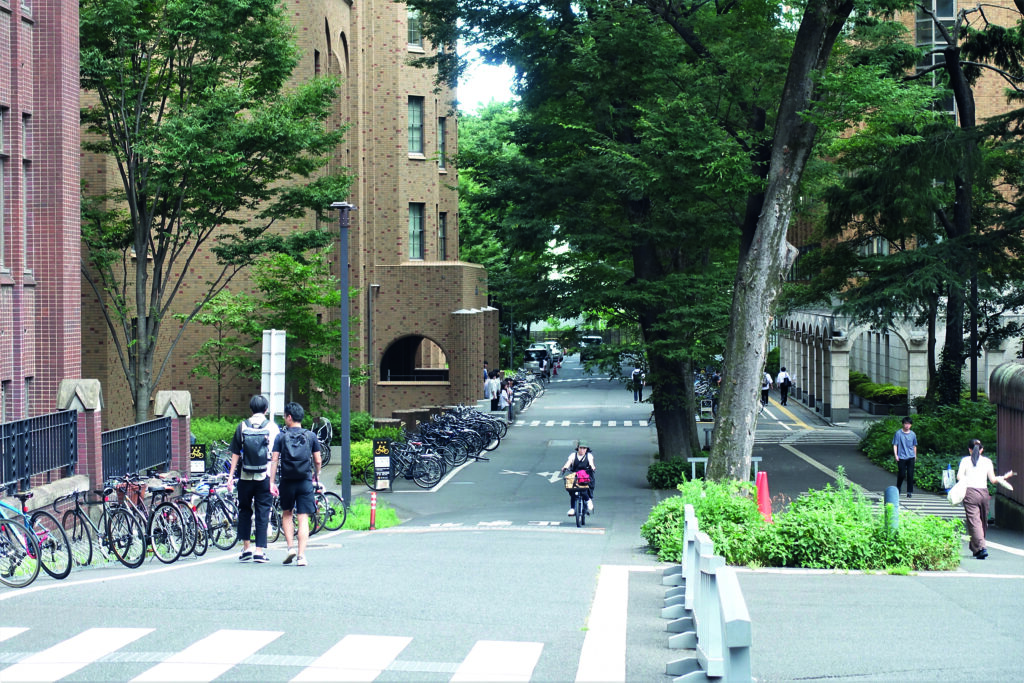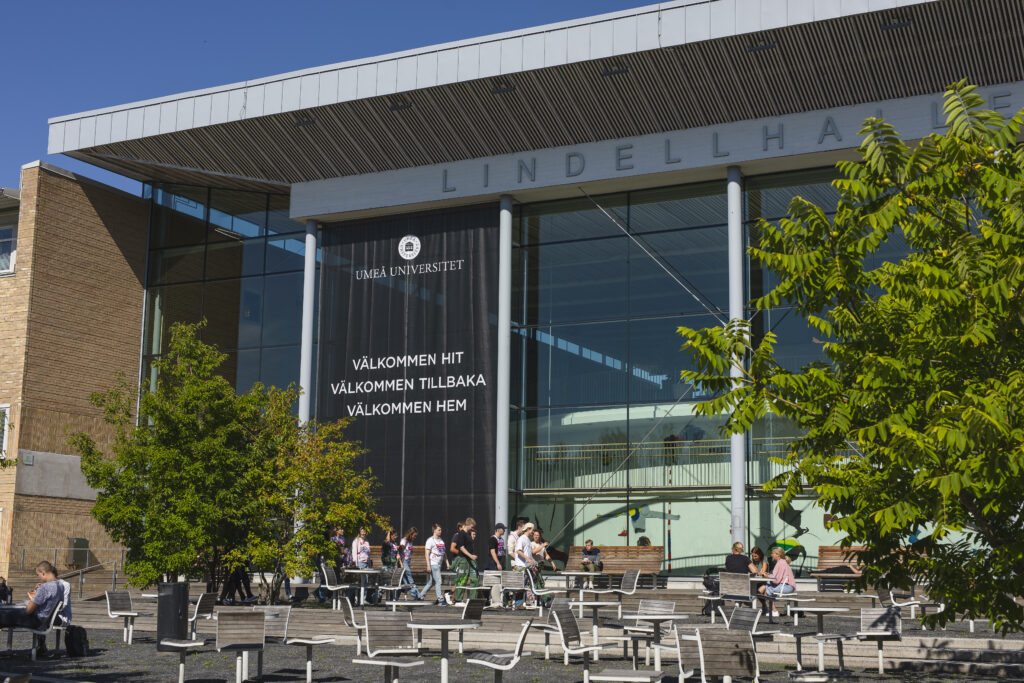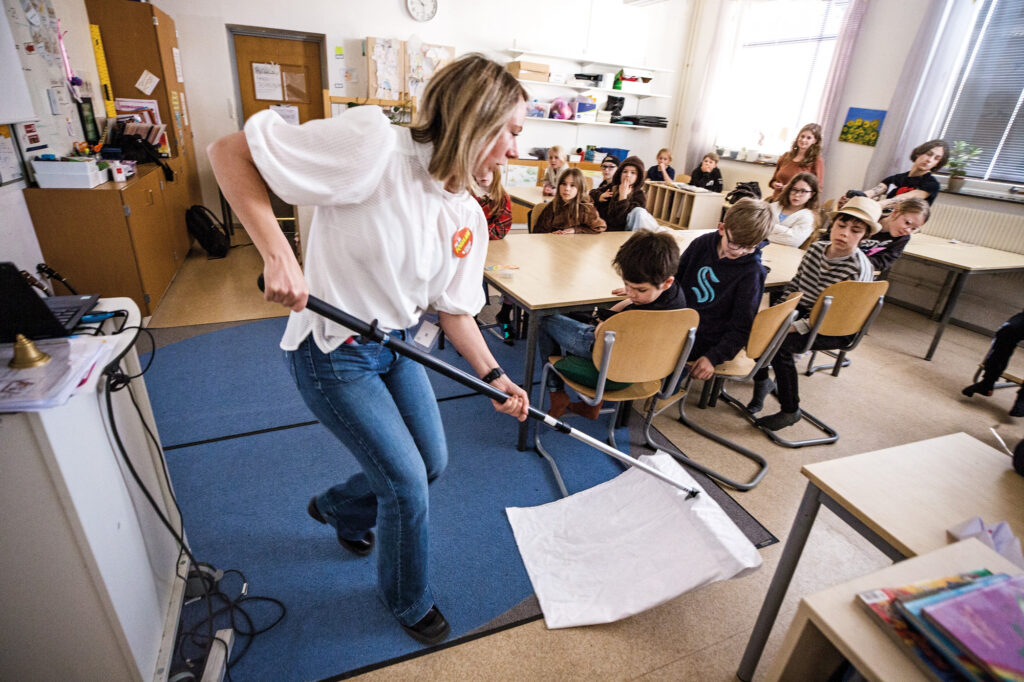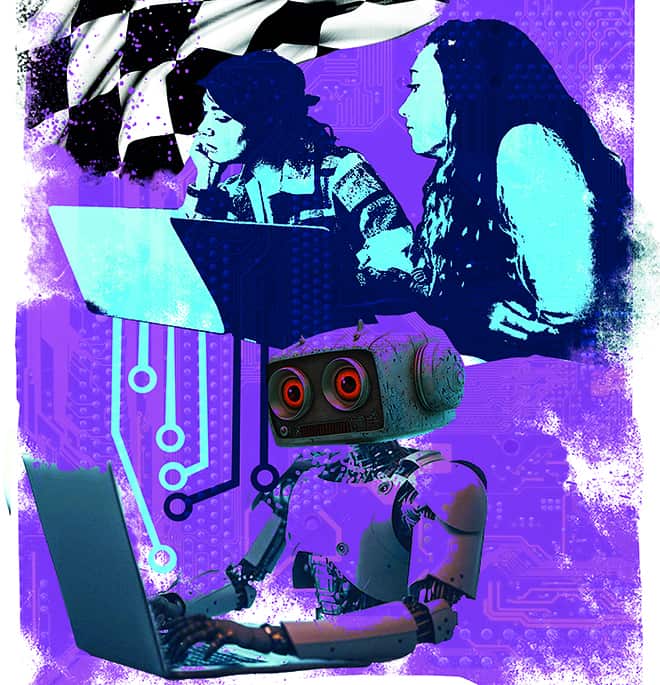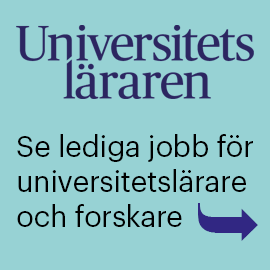The first major report by the Swedish Higher Education Authority, UKÄ, on how higher education institutions have been affected by the pandemic consists of a number of smaller studies. In one of the surveys, seven higher education institutions were asked about their work to adapt to the situation. It shows that all the higher education institutions surveyed set up a crisis organisation last spring in order to handle the crisis.
“I am struck by how well higher education institutions have managed the transition to distance education,” says Sofia Berlin Kolm, an analyst at UKÄ and the author of the report. “Resources have been pooled, staff especially have made great sacrifices, and students too, and that has left its mark. We see a deteriorating work environment; increased stress among staff; students have been demotivated and are suffering due to isolation and a lack of social interaction. Nevertheless, the institutions’ activities have continued. I think that is admirable.”
Greater number of new students
The pandemic has led to more new applicants to higher education. As a result, there is a record number of students, 375,400, which is an increase of seven per cent compared with autumn 2019.
The number of new Swedish students in autumn 2020 increased by 18 percent compared with the 2019 autumn term. The youngest new students, those who came directly from school, increased in number, with applications from 19-year-olds rising by 28 percent compared with 2019. However, the number of new students coming from outside Sweden was halved.
“The admissions figures say a lot about the pandemic,” says Sofia Berlin Kolm, “with less travel and a smaller labour market for young people combined with the expansion of the number of higher education places implemented the government.”
Unclear effects on education
The report states that it is reasonable to assume that the major impact of the pandemic on higher education will have consequences, for example on the throughput in courses and programmes. But despite this, UKÄ has not seen any major differences from before the pandemic. Nor has UKÄ seen any major changes in the total number of people dropping out of higher education courses and programmes.
On the other hand, there was a clear increase in the number of new students with low-educated parents dropping out of higher education in spring 2020 compared with the previous year, while the corresponding figure for new students with highly educated parents decreased. In the report, UKÄ writes that the question of whether this is a consequence of the pandemic needs further investigation.
There has also been an increase in students applying for the award of a qualification compared with previously. Whether this is a consequence of the pandemic is also unclear.
These results raise many questions. “We are careful about interpreting what is an effect of the pandemic and what is not. Study results have not changed significantly. What is the real cause?”
“The exams didn’t keep up”
As previously reported, the most obvious problem is digital examinations. “We see in several of our surveys that this is a dilemma for higher education institutions that has led to an increased number of disciplinary cases. The change probably happened so fast a year ago that the exams didn’t keep up,” says Berlin Kolm.
Complex picture when it comes to students
UKÄ’s report also includes a summary at national level of the higher education institutions’ various surveys on their staff’s work environment and their students’ study environment and health.
“The surveys show that the changes have caused problems, both for the work environment and for the study environment. This is not terribly surprising. The real surprise is that things went as well as they did.”
But the picture is complex. “One important finding is that many students have experienced a lack of motivation and psychological ill-health as a result of isolation.”
Other students, on the other hand, think things have worked really well. “It’s very interesting. They say that it was good, that they get more time to study, that it was nice to sit at home and not have to go to campus.”
Sofia Berlin Kolm also brings up students with disabilities. “Many have had a hard time, especially with digital examinations. Then there are some who think it’s good that the teaching material is available digitally. This is a lesson for the future that we need to take on board.”
“Good work environment at home”
The report finds that the infrastructure at the majority of higher education institutions has measured up.
“Our surveys show that higher education institutions were well equipped to switch quickly to distance education. That is one explanation of why things went so well. The surveys also show that the teaching staff has managed to adjust well. That’s a great result. But it is also vital that teachers receive training so that they can continue to be able to conduct distance and digital teaching.”
UKÄ’s surveys also show that, in general, staff have not experienced work environment problems when working from home. “Working from home works fine, which indicates that people have a good work environment at home. The higher education institutions have also been successful in providing employees with technical support.”
UKÄ has also looked at research funding.
“We don’t see an extremely alarming picture,” says Sofia Berlin Kolm. “The Wallenbergstiftelserna and Kempestiftelserna private foundations have reduced funding temporarily. That obviously impacts the research groups that receive funding from them. But it is reassuring that there has only been a small dip in grants. When we look at the longer term, there do not seem to be any major reductions.”



